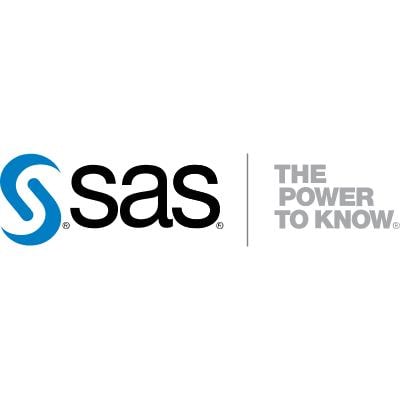- Over klanten
- SAS CPM helps to better monitor and predit value development

SAS CPM helps to better monitor and predict value development


Financial Analysis
in Practice
Dutch Telecoms Company achieved this using • SAS® Cost and Profitability Management • SAS® Enterprise Guide
Dutch network operator drives business value through insights
A Dutch Telecoms company wants to make their customers’ lives more free, more fun and easier by connecting people. They have been doing this for many years, from short ‘beeps’ transmitted by telegraph to today’s WhatsApp messages, Spotify music and television programs flowing through their cables, antennas and transmission masts. With increasing digitalization, they also saw the chance to better connect the dots within their own organization. By connecting data about products and customers, their commercial organization is now driving business value through insights.
We made the transition to performance control, whereas in the past the focus was on financial control. SAS Cost and Profitability Management (CPM) was the right tool to make this possible.
Connecting front and back office
In a highly competitive market you can’t afford to take a passive role. Thinking ahead, the commercial organization started a project to monitor and predict value development. To better cope with the competitive market, the organization wanted to get better insight into the profitability of individual products and customers in a more consistent way. This meant that the front office and back office had to be closely linked, since costs are assigned per customer and per product instead of per segment and per organizational department.
The Telecoms company stopped – apart from a few exceptions – the process of intercompany charges and developed an activity-based management model, for which they used the SAS Cost and Profitability Management (CPM) solution including SAS Enterprise Guide (EG). The latter for being able to link cost and revenue on different dimensions. Within their Financial Analytics department, using another model for financial analysis has had a big impact on how employees perceive costs and revenue. For the employees that are working with the tool, it has been a real mind shift. Instead of wondering how many people are working for Marketing and what the costs are, they now think about how the marketing costs relate to the turnover of a specific product. Thus, they have evolved from organizational-thinking behavior towards process-thinking logic.
Fostering more collaboration
The rollout of the CPM solution goes hand in hand with a new consultation culture, in terms of commercial, operational, financial and new business control. Central to this is that craftsmanship is brought together, collaboration is seen as key to success and responsibilities are defined unambiguously and transparently. It’s not possible to create end-to-end insights in the value chain when everyone is working in silos. An approach such as CPM makes this very clear.
Running different ‘what if’ scenarios
Different factors affect whether a customer becomes a satisfied customer. This is made transparent because the product and customer view is deducted from the costs of making and delivering a product, and the costs of marketing a product are subsequently added on. Having a consistent method for cost allocation will be a game changer. It will enable them to assess departments on the same basis. Furthermore, a tool such as SAS CPM is a conversation starter. Why does one team have better results for the same activity? Is there something they do differently?
The CPM tool gives insights not only into the processes, but also into which propositions contribute the most or the least. This way, trends can be identified: is profitability growing or shrinking? It can be the starting point for reviewing a part of the product portfolio. To better monitor and predict value development the organization makes use of ‘what if’ scenarios. With SAS CPM they can mark variables, such as cost elements, and accounts for analysis, and then use ‘what if’ scenarios to explore the effect of changing the values of those variables on the selected accounts. For example, what is the impact on the cost and profitability when we stop making a certain product? Due to fast calculations, the answers to such questions are now rapidly available.
Turn seeing into understanding
The CPM reports are generated monthly for the business navigators by the financial department, once the company has gone through the standard planning and control cycle. They deliberately call the business controllers ‘navigators’ because their task actually revolves around helping the business to navigate in the right direction. By providing better insights into cost and profitability, they help management to make the right decisions. Also, the financial management can now get a better cross-sectional view of the company in terms of profitability.
The company is already considering the next improvement step: implementing SAS Visual Analytics (VA) and SAS Visual Studio (VS) on top of the current CPM application. Thanks to the visualization of insights, executives and also frontline staff will be able to interact even more quickly – slicing and dicing through the information – and better understand the business performance. These new insights will help to further optimize the organization, which is an advantage in a competitive market place.
